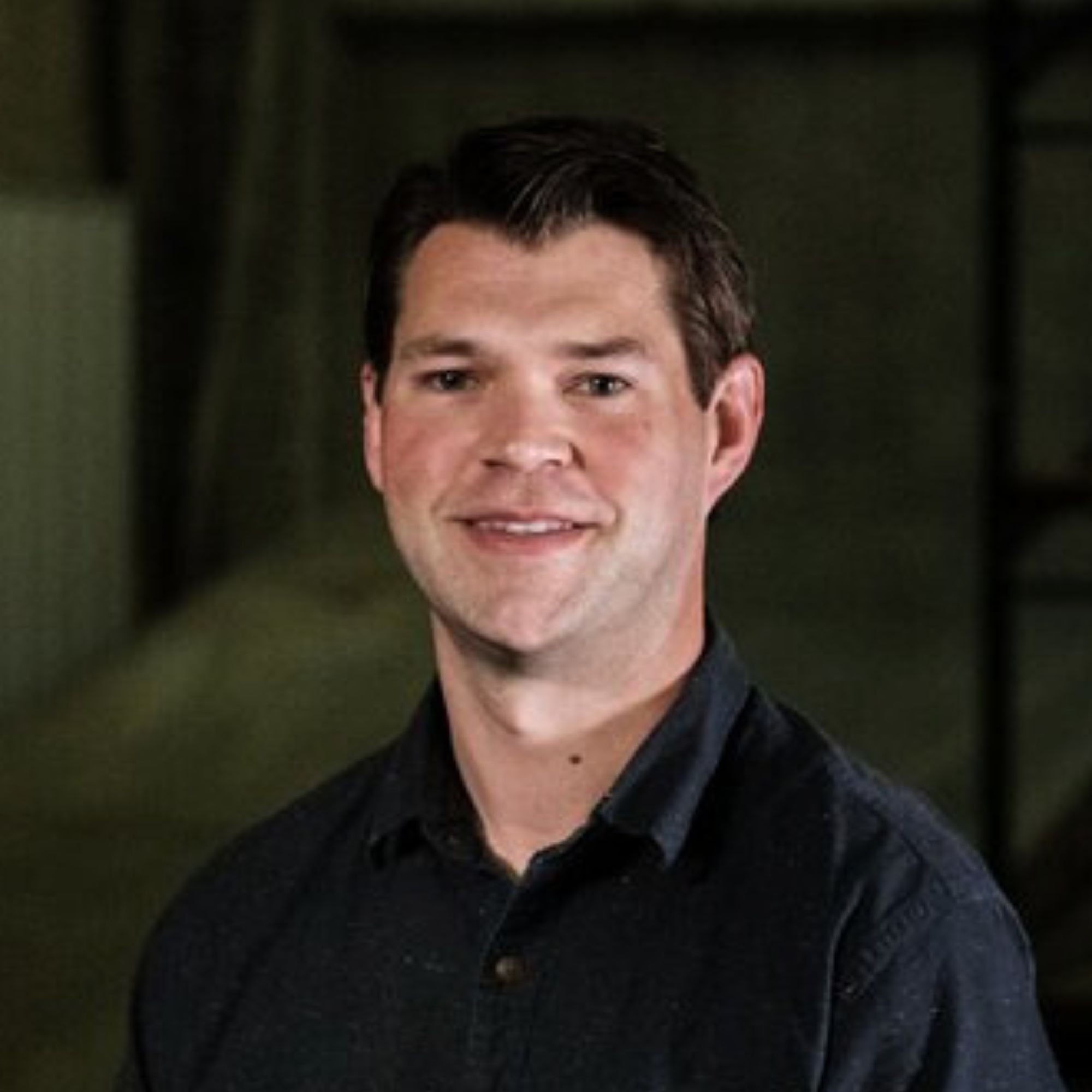Ready to launch your own podcast? Book a strategy call.
Frontlines.io | Where B2B Founders Talk GTM.
Strategic Communications Advisory For Visionary Founders
Conversation
Highlights
Breaking Construction’s Scheduling Barrier: Planera’s Path to $19M in Funding
In a recent episode of Category Visionaries, Nitin Bhandari, CEO and Co-founder of Planera, shared how his construction technology company is transforming one of the industry’s most critical yet outdated components: project scheduling. With $19 million in funding, Planera is tackling a problem that’s been holding the construction industry back for decades—the gap between powerful but complex scheduling tools and the simplified systems used in the field.
The Critical Scheduling Disconnect
Construction scheduling isn’t like scheduling in other industries. As Nitin explains, “In construction, schedule is a contract document. A lot of money depends on you getting that just right.”
Yet the industry has been stuck with tools that haven’t evolved with modern collaboration needs. “The best of class tools in that space are really 25-year-old pieces of software,” Nitin points out. “It’s extremely hard to use. Haven’t kept up with the modern day and age of collaborative software.”
This has created a fundamental disconnect in how construction projects are managed. Master schedules, typically created in Oracle’s Primavera P6 or Microsoft Project, are so complex that only specialists can use them. Meanwhile, field teams resort to Excel spreadsheets or even physical whiteboards—creating parallel systems that never properly sync up.
“There’s two types of schedules,” Nitin explains. “One is the master plan…that’s called the master schedule. Then there is the thing that the field actually uses to build a job.” The result is a damaging disconnect between planning and execution.
Finding the Right Customer Segment
Before even founding Planera, Nitin spent six months researching whether this problem was truly widespread. “I just had to convince myself that this problem was truly that broad and deep,” he shares. “We just spoke to a lot of potential customers…and we just kept digging deeper and deeper.”
What he discovered was eye-opening: “The problem that I’m describing to you is not unique to maybe just small companies or mid-sized companies, even the largest general contractors in the world, they all struggle with this problem.”
When deciding which segment to target first, Planera took a strategic approach based on pain points rather than convenience. “Who has the biggest pain or gain based on scheduling,” Nitin explains. “Who has the most to lose, most at risk if scheduling goes wrong.”
The answer was clear: general contractors. “The way the contracts are structured in this space is that happens to be the general contractor. They’re taking most of the risk. They’re on the hook for a lot of the deliverables. They have damages that they might have to pay if they don’t get the schedule just right, their margins can erode.”
The Go-to-Market Revelation
Perhaps Nitin’s most valuable insight for other B2B founders comes from his approach to go-to-market strategy. After building and selling two previous companies, he understood a fundamental truth that many founders miss.
“You have to go to market the way your customers behave, not the way you want your company to be,” Nitin emphasizes. “You can’t say, ‘Hey, based on my business plan or spreadsheet, this is my go-to-market motion.’ But then if that doesn’t fit the way customers learn about technology, adopt technology, buy technology, then it’s not going to work.”
This meant recognizing that standard SaaS tactics simply wouldn’t work in construction. “Paid marketing may work for many segments. It doesn’t work in our segment,” he explains. “People don’t go looking for new technologies like that. People don’t go to like G2 and things like that.”
Even the product-led growth model that’s dominated recent B2B SaaS success stories has limited application in construction. “Product-led growth might have questionable results in construction. Some people will certainly make it work, but it’s probably not going to work for most other solutions.”
Eliminating the False Choice
Planera’s core innovation is eliminating what Nitin calls a “false choice” in construction scheduling—between power and usability.
“What our product is really good at is that it is powerful like the incumbents, meaning the Oracle or Microsoft Project Oracle Primavera P6. It’s powerful, it is very easy to use and very approachable,” Nitin explains. “And what that does is allows many team members to collaborate in a schedule.”
This collaborative approach represents a fundamental shift from the status quo. “Traditionally, maybe the scheduling is done by just one person who’s like an expert at using the tool, and everybody else basically just tells this one person what to do, but they don’t interact with the actual schedule itself.”
The Vision: From Compliance to Strategy
Planera’s long-term vision extends beyond simply modernizing scheduling tools—they aim to transform how construction companies make decisions.
“The big picture vision for Planera is that schedule and the plan should become a central decision making space for construction companies,” Nitin shares. “Today it is often just used as a checkbox compliance thing. Yes, we need to put a schedule together and the schedule will be updated every two to four weeks.”
Instead, Nitin envisions a future where “schedule and plan and hopefully Planera will become part of your day to day how you run your business better, how you make more money, how you become more efficient, how you do your jobs more safely.”
By bringing sophisticated scheduling capabilities to everyone involved in a construction project, Planera isn’t just improving a tool—they’re reimagining how an entire trillion-dollar industry operates, turning what was once a compliance exercise into a strategic advantage.
As construction technology continues to attract investor attention, Planera’s approach demonstrates that the most promising opportunities often lie not in creating entirely new tools, but in reinventing established ones to align with how teams actually work.
Actionable
Takeaways
Match your go-to-market approach to customer behavior:
Nitin emphasized that your GTM strategy must align with how customers actually discover and adopt technology, not how you wish they would. As he explained, "You have to go to market the way your customers behave, not the way you want your company to be." For construction, this meant recognizing that traditional SaaS GTM approaches like paid marketing and product-led growth might not be effective.
Identify the customer with the most pain or gain:
When selecting your initial target market, focus on who has the most to lose if your solution doesn't exist. Planera targeted general contractors because they bear the most risk and financial consequences when scheduling goes wrong: "Who has the biggest pain or gain based on scheduling... who has the most to lose, most at risk if scheduling goes wrong."
Make hard targeting choices early:
Nitin noted that choosing which segment to focus on wasn't painful because they recognized it was mandatory, not optional. By acknowledging the necessity of market selection upfront, they could approach it as "an exercise of intellectual curiosity" rather than a difficult decision.
Recognize when a false choice exists in the market:
Planera identified that customers were forced to choose between powerful-but-complex tools or simple-but-limited solutions. As Nitin put it, "We're trying to take away that false choice of like powerful or easy. And we're trying to build something that's powerful and easy."
Align marketing with product capabilities:
Nitin's marketing philosophy centers on ensuring marketing "amplifies what the product can actually deliver" without causing market confusion. Their messaging focuses on collaborative scheduling for teams that are ready to democratize the process, which directly connects to their product's core differentiation.






















